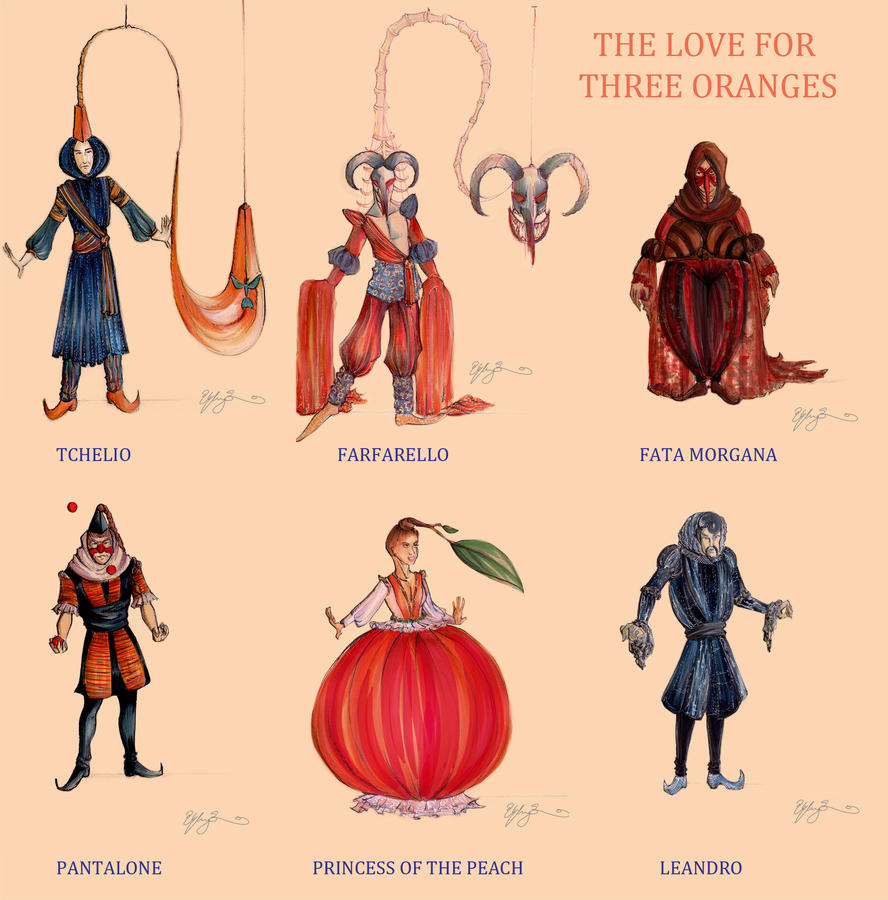"Music is the shorthand of emotion."
AUTHOR: Leo Tolstoy
COMPOSER
PROKOFIEV
 |
| Short essays on Prokofiev's 1921 opera by "Glebov" and other contributors. Asafyev, a Russian composer musicologist and critic, is considered to be one of the founders of Soviet musicology; he wrote under the pseudonym of Igor Glebov. |
THE LOVE OF THE
THREE ORANGES OP. 33
March
Michael Tilson-Thomas, Conductor
San Francisco Symphony
THE LOVE OF THE
THREE ORANGES OP. 33
March
Arthur Rubinstein, Piano
0001.jpg)
0002.jpg)
THE LOVE OF THE
THREE ORANGES OP. 33
March
Sergei Prokofiev, Piano

THE LOVE OF THE
THREE ORANGES OP. 33
March
(Jascha Heifetz Violin Transcription)
Jascha Heifetz, Violin
Brooks Smith, Piano
THE LOVE OF THE
THREE ORANGES OP. 33
March
(Jascha Heifetz Violin Transcription)
Itzak Perlman, Violin
Janet Goodman Guggenheim, Piano
 |
Maurice Sendak: Set for the Love for the Three Oranges
(Large Watercolor for the 1982 TV Production)
|
In an imaginary kingdom, where all the characters
are costumed as playing cards, the prince suffers
from melancholia which can only be cured by laughter.
All attempts to make him laugh are thwarted by
Leandro, Clarissa and their associates. Their plots
are assisted by the arrival of Fata Morgana. All the
entertainments staged by Truffaldino have no effect
on the young prince. Eventually Fata Morgana, in a
scuffle with Truffaldino, stumbles and falls over,
causing the prince to laugh, but the humiliation she
feels makes her even angrier than before. She
pronounces a curse, that the prince will love three
oranges, which are in the possession of a giant cook.
The Prince and Truffaldino steal them, but are then
marooned in a desert with the oranges, which have
grown to an enormous size. While the prince dozes,
Truffaldino cuts one open, hoping to quench his thirst.
The orange contains a princess who immediately dies
of thirst. The same happens with the second orange.
The prince wakes and opens the third, and the Princess
Ninetta is only saved by the intervention of the audience,
who provide a bucket of water. Back at court, the king’s
enemies continue to plot, but are at last
recognized and defeated.



THREE ORANGES
Opera (Complete)
David Lloyd-Jones, Conductor
Richard Jones, Director
English Northern Philharmonia
Chorus Opera North


Introduction: 00:00
Act I : 02:50
Act II: 33:15
Act III: 58:35
Act IV: 1:42:48
 |
| http://www.booksofwondershop.com/drawings-and-watercolors-by-maurice-sendak-1-1-1-2-1-1.aspx |
INFORMATION FROM:
By Robert Cummings
THE LOVE FOR THREE ORANGES,
OPERA, OP. 33
THE LOVE FOR THREE ORANGES,
OPERA, OP. 33
Composer: Sergey Prokofiev
Period: Modern (1910-1949)
In 1917, with his opera The Gambler in
rehearsals for a St. Petersburg (Petrograd)
production, Prokofiev, already recognized
as one of the leading modernist composers
in his country, was looking for a new subject
for his next operatic effort. The composer
 |
| Boris Anisfeld: The City Petrograd, 1914-1917 |
as one of the leading modernist composers
in his country, was looking for a new subject
for his next operatic effort. The composer
found his inspiration in a magazine
published by theatrical producer
Vsevolod Meyerhold
in 1914-16, called
 |
|
Vsevolod Meyerhold, 1916
http://www.britannica.com/EBchecked/topic/ 379502/Vsevolod-Yemilyevich-Meyerhold |
The Love for Three Oranges,
after the comedy by Carlo Gozzi.
Prokofiev attempted to interest the
Chicago Opera Company
 |
| http://chicagology.com/opera/ |
in a production
of The Gambler,
whose staging was canceled
owing to the Bolshevik Revolution.
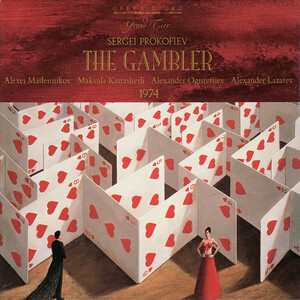 |
| http://www.npr.org/programs/attheopera/archives/010331.ato.html |
owing to the Bolshevik Revolution.
The director, Cleofonte Campanini,
 |
| Cleofonte Campanini |
 |
The conductor Cleofonte Campanini portrait
with the orchestra of the Chicago Opera Association.
|
turned him down, but did offer to do the new opera
he suggested, The Love for Three Oranges.
Prokofiev, a fast worker, completed the work
in October that year, and it was premiered on
December 30, 1921, in Chicago.
 |
| http://chicagology.com/opera/ |
 |
| First performance at the Auditorium, Chicago, on 30th December 1921 |
Productions in New York (1922),
Cologne (1925), Berlin (1926),
and Leningrad (1926) followed, each
helping to advance the cause of the composer,
but meeting with little actual success. Yet, by
the 1940's the music in the opera became
widely known, mainly because of the often-
played Suite adapted from it.
THE LOVE OF THE
THREE ORANGES OP. 33bis
Suite
Rudolf Kempe, Conductor
BBC Symphony Orchestra, 1975
00:00 I. The Clowns
(The Ridicules)
03:04 II. The Magician and the Witch Play Cards
(Infernal Scene)
 |
| Rabinovic, Isaac Costume design for the Horror from the opera The Love of the Three Oranges |
06:19 III. March
07:44 IV. Scherzo
09:15 V. The Prince and Princess
Prokofiev compiled a 15-20 minute orchestral suite from
the opera for concert use. The suite is in 6 movements.
and use of its March as the theme
of a popular radio show in America
THE LOVE OF THE
THREE ORANGES
March
The Love for Three Oranges
begins with a prologue
begins with a prologue
 |
| Scenic Design: The Love of Three Oranges |
in which the supporters of tragedy,
comedy, eccentricity, and other forms of drama
watch the story, not only commenting on it,
but affecting the outcome of certain events.
ROLES
Fata Morgana,
Witch
Soprano
Witch
Soprano
Princess Ninette,
Orange No. 3
Soprano
Orange No. 3
Soprano
Advocates of Tragedy, Comedy,
Lyric Drama, and Farce

Lyric Drama, and Farce

Ten "Ridicules"
(Cranks)
(Cranks)
Little Demons
The story they watch centers on the
hypochondriac Prince,
hypochondriac Prince,
who is cursed by the witch,
Fata Morgana,

to fall madly in love
with three oranges
.jpg)
and obsessively pursues them.
Fata Morgana,

to fall madly in love
with three oranges
.jpg)
and obsessively pursues them.
There is much humor and joy in Prokofiev's
score. Some see the opera as a clever,
updated Offenbach-like creation, full of
slapstick and silliness. It is hard to dispute
this view, though Prokofiev's occasional
acid and handling of the story line perhaps
place the work in a somewhat different
arena, where farce and fun mix menace
and mayhem in a sometimes cruel way.
Just as the duck gets swallowed alive by
the wolf in Prokofiev's children's classic,
Peter and the Wolf, characters here can
die or disappear as if quite dispensable:
two of the three princesses who emerge
from the oranges die immediately of thirst,
score. Some see the opera as a clever,
updated Offenbach-like creation, full of
slapstick and silliness. It is hard to dispute
this view, though Prokofiev's occasional
acid and handling of the story line perhaps
place the work in a somewhat different
arena, where farce and fun mix menace
and mayhem in a sometimes cruel way.
Just as the duck gets swallowed alive by
the wolf in Prokofiev's children's classic,
Peter and the Wolf, characters here can
die or disappear as if quite dispensable:
two of the three princesses who emerge
from the oranges die immediately of thirst,
the third being saved by the Eccentrics
who intervene to give her water. However
one interprets the opera, it is generally
agreed that it is masterpiece of the
twentieth century stage.
http://www.answers.com/topic/the-love-for-three-oranges-opera-op-33#ixzz2WXy2fDUD
 |
| Alexander Golovin: Cover for 1915 issue of the Love of Three Oranges Doctor Dapertutto's Journal |
http://gemmaveitch.blogspot.com/2010/09/love-of-three-oranges.html
https://prezi.com/opybzzpmmb7a/copy-of-love-of-three-oranges/
http://dobuzhinsky.com/object/
http://anisfeld.org/theater_design.html
http://www.artic.edu/aic/collections/artwork/artist/Anisfeld%2C+Boris+Israelevich
filters=collection_category%3A%220/Prints+and+Drawings%22

https://prezi.com/opybzzpmmb7a/copy-of-love-of-three-oranges/
http://dobuzhinsky.com/object/
http://anisfeld.org/theater_design.html
http://www.artic.edu/aic/collections/artwork/artist/Anisfeld%2C+Boris+Israelevich
filters=collection_category%3A%220/Prints+and+Drawings%22

http://www.bolshoi.ru/en/performances/29/libretto/
https://suite.io/tel-asiado/dtt23x
http://www.operascotland.org/opera/12/Love+for+Three+Oranges
http://www.naxosmusiclibrary.com/resources/synopses/Love_for_Three_Oranges_The.htm
http://server1.variations2.indiana.edu/variations/programs/vaa8412a.pdf
http://operaguide.ru/opera/russian-opera/60-prokofiev/150-the-love-for-three-oranges.html
http://www.bolshoi.ru/en/performances/29/libretto/
http://www.mariinsky.ru/en/playbill/repertoire/opera/oranges_maratrat/
http://www.utahsymphony.org/insight/program-notes/683-prokofiev-suite-from-the-love-for-three-oranges-op-33
https://suite.io/tel-asiado/dtt23x
http://www.operascotland.org/opera/12/Love+for+Three+Oranges
http://www.naxosmusiclibrary.com/resources/synopses/Love_for_Three_Oranges_The.htm
http://server1.variations2.indiana.edu/variations/programs/vaa8412a.pdf
http://operaguide.ru/opera/russian-opera/60-prokofiev/150-the-love-for-three-oranges.html
http://www.bolshoi.ru/en/performances/29/libretto/
http://www.mariinsky.ru/en/playbill/repertoire/opera/oranges_maratrat/
http://www.utahsymphony.org/insight/program-notes/683-prokofiev-suite-from-the-love-for-three-oranges-op-33

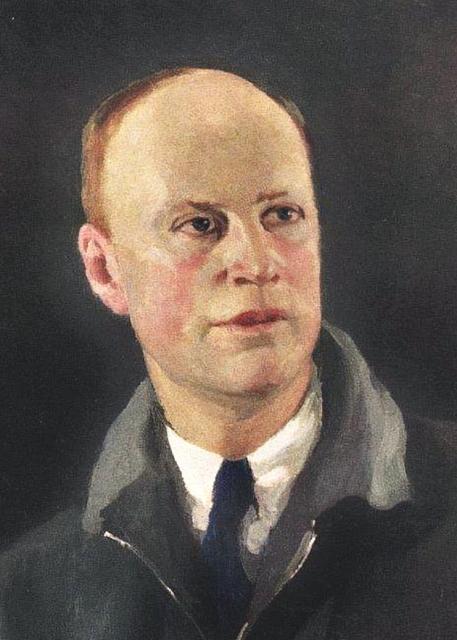



.jpg)
.jpg)

.jpg)

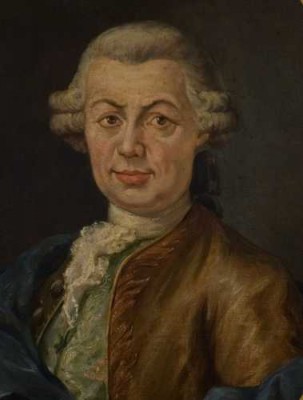
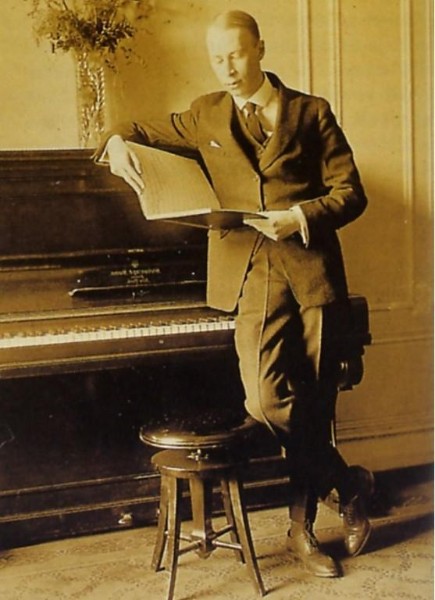



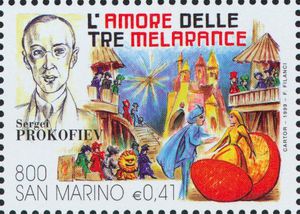







.jpg)

.jpg)
.jpg)
.jpg)
.jpg)
.jpg)

.jpg)
.jpg)






.jpg)

.jpg)




.png)

.jpg)




.jpg)









